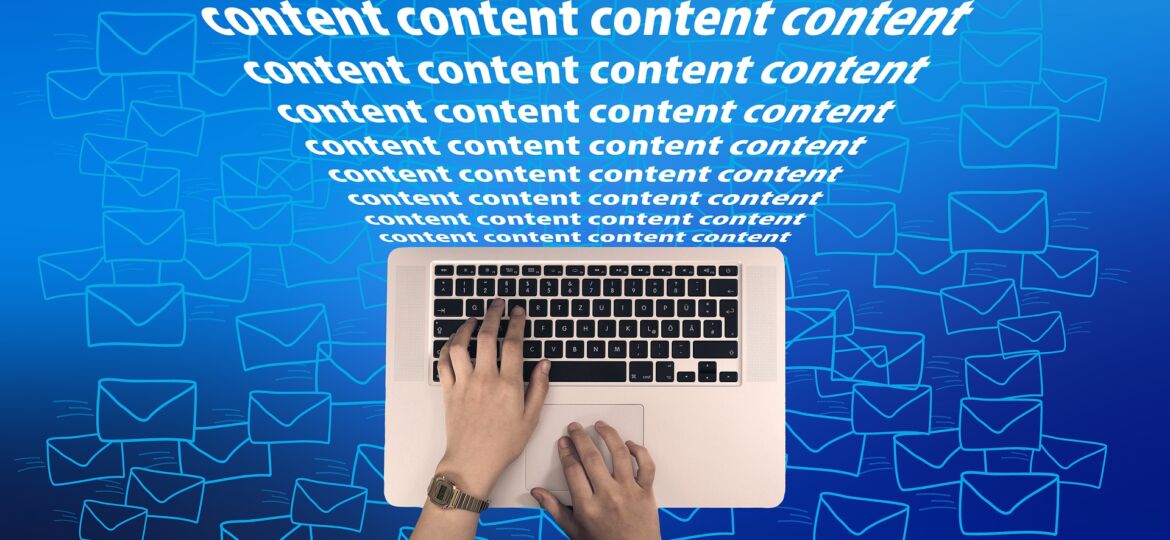In a recent Wall Street Journal article, Publicis Group CEO Arthur Sadoun said the two biggest disruptions facing marketers today are “the shift from cookies to identity and the shift from paid to owned media.” Behind this statement is Google’s plan to block third-party cookies in its Chrome browser beginning in 2023. Without the user-tracking technology that is at the heart of paid media, many marketers will be forced to find other means to target customers. This will place a brighter spotlight on owned media.
With owned media, you control the message and calls to action. Examples include blogs, white papers, infographics and content you post on your social media pages and website. The strength of owned media is that you control the content and can use it to tell your story. The weakness? The reach is limited to those who visit your website, follow you on social media or are included in your email database.
You don’t have to wait to develop a game plan for delivering owned content. You likely are creating some of this content already, albeit with inconsistent frequency or without utilizing all available outlets to reach a larger audience.
A winning content strategy will help achieve your marketing goals with a well-rounded content calendar. Let’s look at the main tools at your disposal for developing a plan:
Website
Your website is a living, breathing creature. It needs care and feeding in the form of new content to engage visitors and bring them back. Review your site analytics on a regular basis and give your guests more of the content they are coming to see (and less of what isn’t being read).
Blogs
This tactic is a forum that allows you to showcase your company’s capabilities, people, industry knowledge, news and goals. Well-crafted blogs tell a story and add a dimension to your company outside of products and services.
Social Media Accounts
LinkedIn, Facebook, Twitter, YouTube, Google My Business. The list goes on. Limit your platforms to those frequented by your target audience whose content is regularly updated.
Email Marketing
Newsletters and alerts provide an additional opportunity to engage your audience. Existing content from blogs, news releases and social media can be delivered in this other format. A semi-annual to quarterly eNewsletter provides an effective addition to a marketing strategy.
Email Database
Sending out an incredible eNewsletter? Well, its effectiveness is going to be limited by the quality of the mailing list. Time needs to be dedicated to updating the database with new contacts and deleting those that are undeliverable on a regular basis.
Your original content is an opportunity to control the message, user experience and calls to action. TRG Marketing helps companies everyday develop a marketing approach that effectively creates, distributes and manages content—and achieves real marketing goals.


